Traffic Light Signals
- 1/20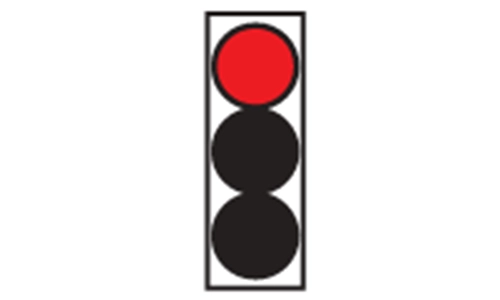
A solid red light means vehicles must halt fully before the crosswalk or stop line until it turns green.
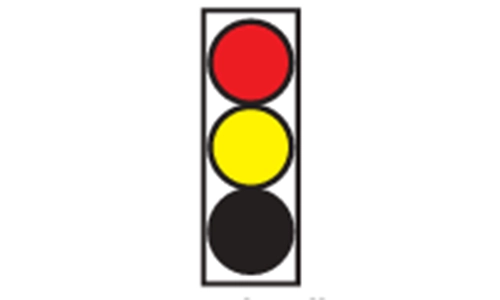
Red and yellow lights together signal the upcoming green phase, prompting drivers to get ready.
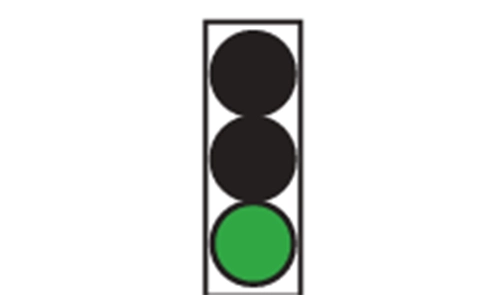
A green light allows vehicles to drive forward, turn, or proceed, if the way is clear.

A yellow light warns that the signal is about to turn red. Stop unless it is unsafe to do so.
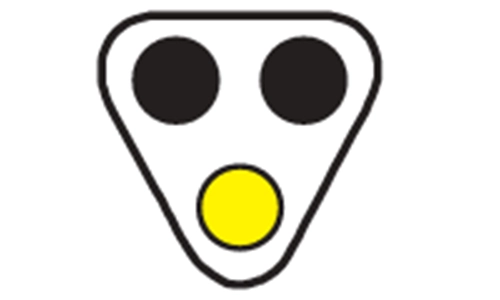
A flashing yellow triangle calls for attention. Continue driving, but be alert for hazards.
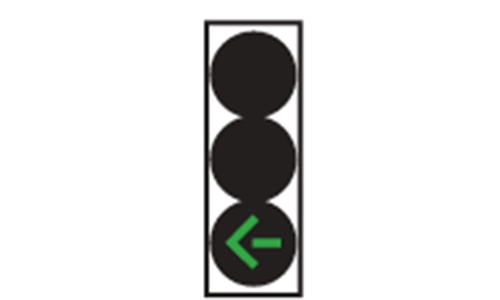
A green arrow pointing left grants drivers the right to make a left turn safely.
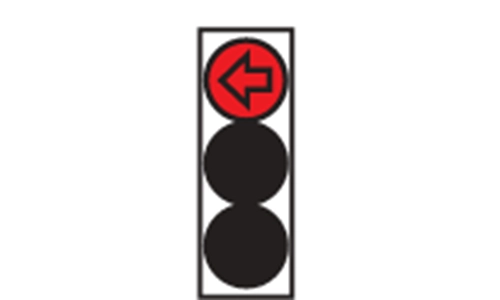
A red arrow pointing left forbids turning left until the signal changes.
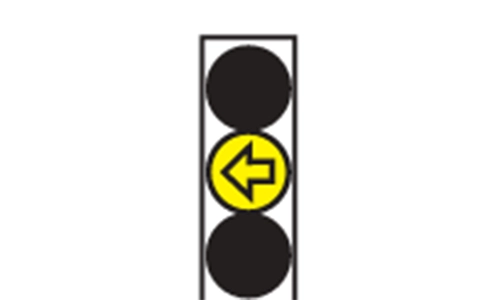
A yellow arrow left warns that the protected left turn phase is ending. Prepare to stop.
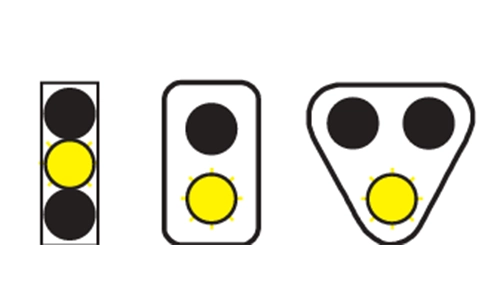
Flashing yellow lights at intersections mean caution treat it like a yield controlled junction.

A green left arrow lets you turn left even if the main traffic light is red.
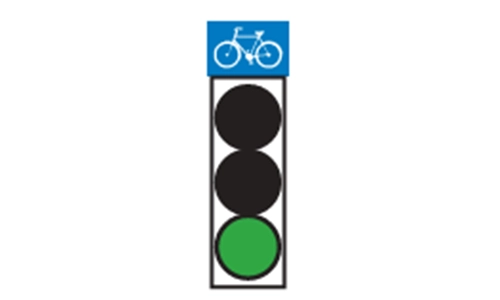
A green bicycle light allows cyclists to go while other vehicles or pedestrians may have separate signals.
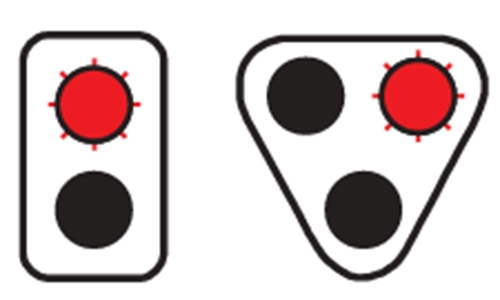
Flashing red lights at a level crossing require drivers to stop completely until the train passes.
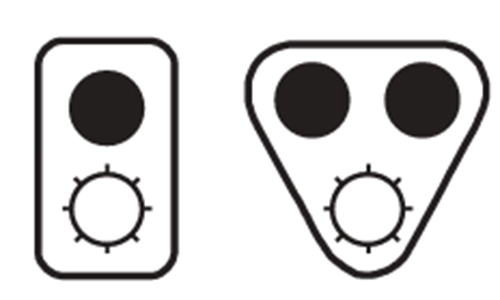
Flashing white light at a crossing means the system is operating normally obey whatever light is showing.
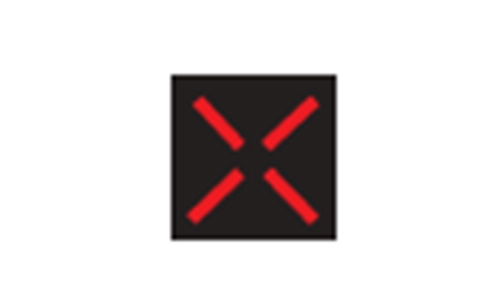
A red X over a lane indicates it is closed to traffic. Drivers must switch to a permitted lane.
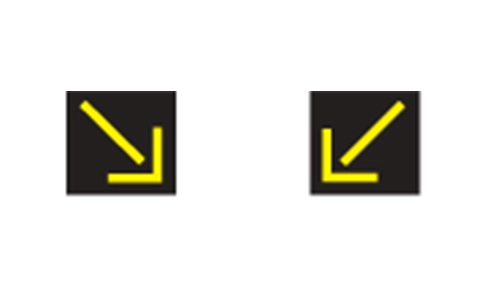
A flashing yellow arrow warns of an upcoming change in lane direction or closure prepare to change lanes.
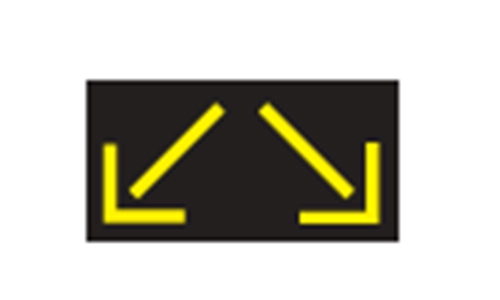
A steady yellow arrow means a lane will soon be closed. Drivers must prepare to leave the lane safely.
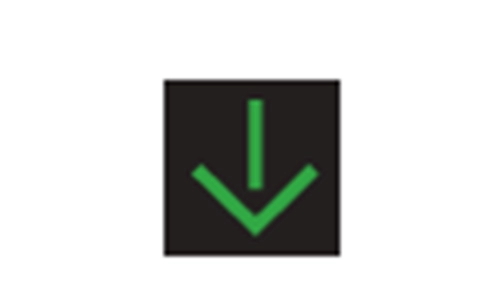
A green arrow down indicates that the lane below is open for travel no restrictions apply.
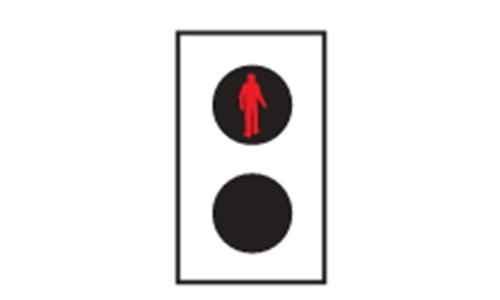
A red pedestrian figure means pedestrians must not begin to cross the street.
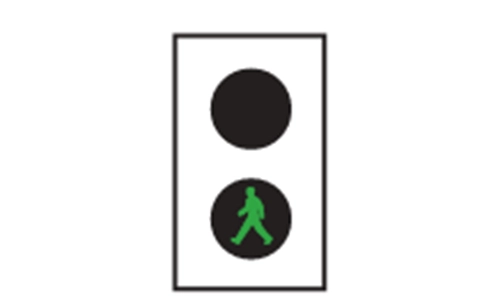
A green pedestrian light allows pedestrians to begin crossing safely.
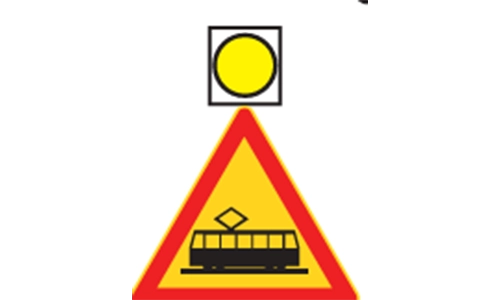
A flashing yellow with a tram sign means trams may appear drive carefully and yield if needed.
 Pass the Exam easily with Premium Practice Tests | Unlock All with 7 Days Plan
Pass the Exam easily with Premium Practice Tests | Unlock All with 7 Days Plan  Offer Ends in
Offer Ends in 
